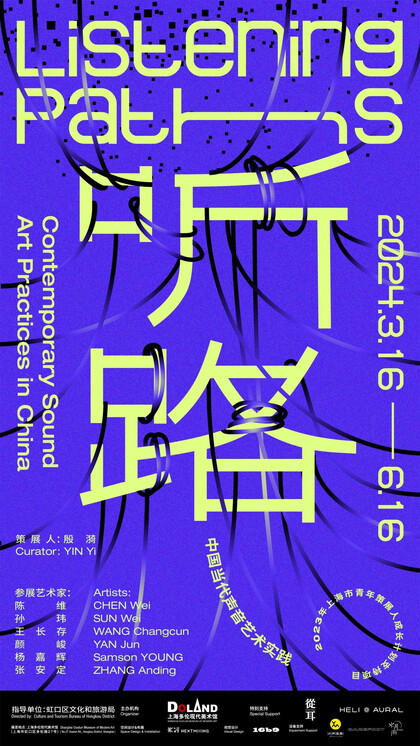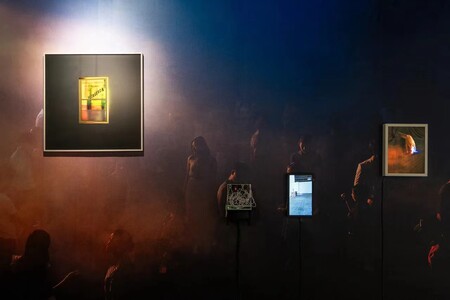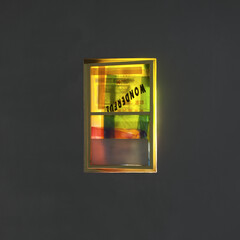Group Exhibition Duolun Museum of Modern Art, Shanghai
Listening Paths: Contemporary Sound Art Practices in China (hereinafter referred to as "Listening Paths) is organized by Shanghai Duolun Museum of Modern Art, curated by Yin Yi, with the participation of six artists including Chen Wei, Sun Wei, Wang Changcun, Yan Jun, Samson Young, and Zhang Anding. Taking the first decade of the new century (2010) as the time node and following the trails of the exhibitions in the contemporary artistic vision, Listening Paths through documents and archives reviews the site-specific process of sound art in China, observes the evolution of creation of Chinese sound artists, and ponders on the artistic ecology in the present and the possibility of the future of sound art.
Instead of constructing a panoramic view in the regular documentary exhibitions, Listening Paths takes the complex relationship between sound art and visual art, as well as China’s urbanization and cultural transformation, as an entry point to provide the public with a new "listening perspective". Besides, under this background, Listening Paths presents the group situation of Chinese sound artists. Based on this curatorial idea, Listening Paths selected and anchored in three exhibitions Awakening Battersea (2006, London), RPM: Sound Art China (2013, Shanghai) and Acoustic Taiyuan: A Native Soundscape Project (2021, Taiyuan), and the documents on display include, but are not limited to, archival materials of these three exhibitions, sound art works of some of the participating artists in different periods of time, interviews with the artists, and relevant art reviews.
The phrase "listening paths" is not in accordance with everyday grammar rules. By everyday logic, no path can be heard. Instead, it is always known by being seen. "Seeing" has a clear direction, and the path always needs to extend in a clear direction. In this way, we can walk safely and efficiently to our destination. This is a vision-driven cognition and thinking, and so is today's culture. The term signifies a heterogeneity compared to visual culture, as well as a pursuit and expectation of reshaping the auditory culture. However, it is not the curator’s intention to replace "visual" with "auditory" or "visual-centrism" with "auditory-centrism", which is reflected in the extensive use of graphic materials and visual forms in the sound art works displayed in the exhibition. As one of the questions raised by the curator, when sound artists begin to employ visual paradigms and graphic materials to create sound art works, is it radical or compromised, conceptual or strategic, open or pandering?
As an art exhibition, Listening Paths does not aim to provide the knowledge about art. The curator hopes that Listening Paths is a space for problematic discourse, a field for thinking about art, and is also about sound art, art, sound, auditory sense, auditory culture, space, and visual sense,etc.
Nowadays, the accelerated iteration of the media and material environment around us has become normalized, and art has actively or passively become one of the new social arenas when art responds to this phenomenon in its own unique way. In such a context and vision, reassessing the value and potential of "hearing and sound" is a matter of cultural insight and self-awareness. In this process, reassessing the practice of sound art in China is of primary significance. The various stages of perception and evaluation of sound art are not only relevant to art history, art theory, and sound studies and auditory culture in academic sense, correlated with broader methods and forms of contemporary art creation, but also involved with how we perceive, cognize, and reflect on ourselves, the other, and the world.
Since listening is a way of feeling, thinking and being.
This exhibition will be on view until June 16, 2024.
More Pictures:





